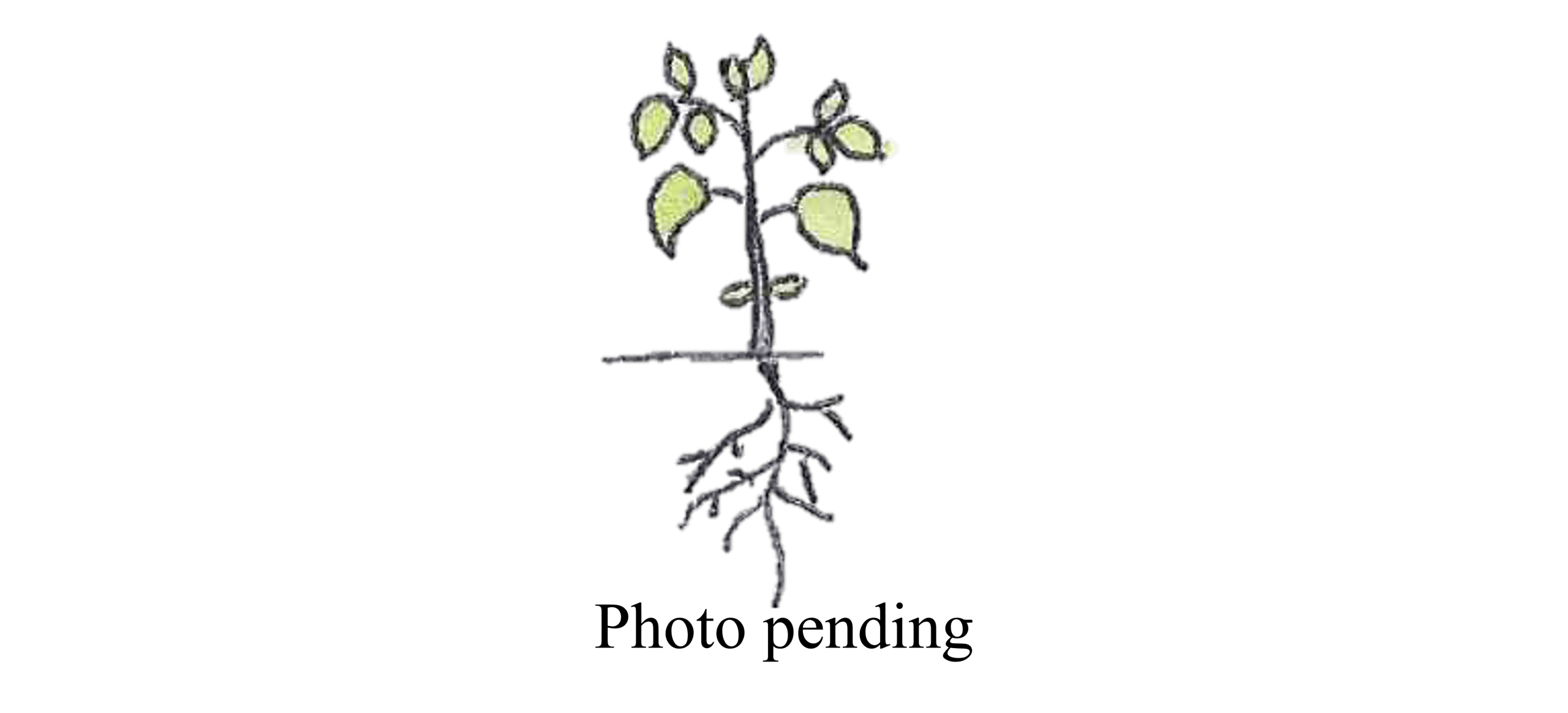Freshwater mangrove
Carallia brachiata, Fam. Rhizophoraceae

Small tree, usually around 5-8m but can reach 20m with corky creamy brown bark. brachiate from the Latin ‘bracchium’ arm, forearm, referring to the arm like divisions of the flowers.
| Weed Category: | |
| Weed: | No |
| Form or habit: | Small tree |
| Family: | Rhizophoraceae |
| Leaf: | Simple, opposite with each successive pair at right angles to the pair below, entire (may be finely toothed in juveniles), elliptic to obovate, 5-15 x 2-10cm, glossy, dark green above, paler below with tiny black spots, stipules up to 2.5cm long. |
| Flower conspicuous: | Conspicuous |
| Flower colour: |
White |
| Flower description: | Cyme up to 6cm long, often resinous with small, white crowded flowers. Winter to spring. |
| Fruit conspicuous: | Conspicuous |
| Fruit colour: |
Pink, Red |
| Fruit: | |
| Fruit description: | Glossy pink or red, pulpy, globose fruit, about 7mm in diameter. Spring. |
| Habitat: | Gallery (riverine or riparian) forest, rainforest. |
| Distribution | Queensland, Northern Territory, Western Australia, New Guinea, Melanesia, Malesia, Asia. |
| Food source for: | Buds and flowers eaten by the southern common cuscus. Fruit eaten by the metallic starling. Larvae of Dysphania fenestrate (four o’clock moth) feed on the leaves. |
| Toxicity: | No toxicity known |
| Origin: | Australia, New Guinea, Melanesia, Malesia, Asia. |
| Notes: | Despite its common name, this is the only Australian species in the family that is not a mangrove. Ripe fruit is reportedly edible. Grow from fresh seed. |
| Information sources: | Melzer R. & Plumb J. (2007) Plants of Capricornia. |



